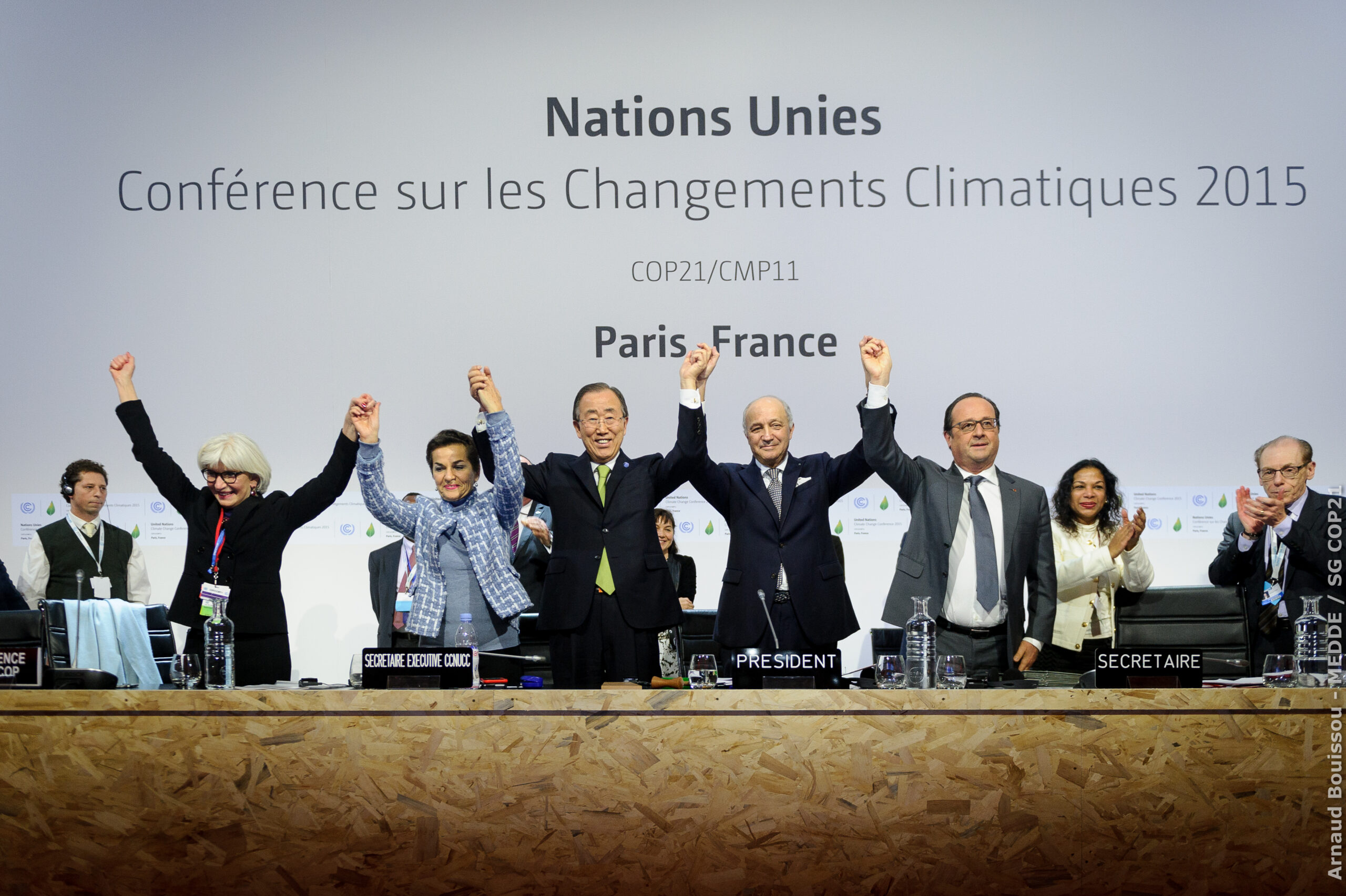Unlocking the Future of Climate Action: Decoding the Paris Climate Agreement
The Paris Climate Agreement, signed in 2015, is a landmark international accord that marks a significant shift in the global response to climate change. The agreement represents a collective effort by nearly 200 countries to address the growing threat of global warming and its associated impacts on the environment, human health, and the economy. In this article, we will delve into the details of the Paris Climate Agreement, exploring its key provisions, implications, and what it means for the future of climate action.
The Paris Climate Agreement is built on the foundation of a shared understanding of the science of climate change. The accord acknowledges that human activities, particularly the emission of greenhouse gases such as carbon dioxide and methane, are significantly contributing to the increase in global temperatures. The agreement sets a long-term goal to limit global warming to well below 2 degrees Celsius above pre-industrial levels and pursue efforts to limit it to 1.5 degrees Celsius. To achieve this, countries must reduce their greenhouse gas emissions and adapt to the impacts of climate change.
The Paris Climate Agreement is not just about reducing emissions; it's also about enhancing global resilience and supporting sustainable development. The accord emphasizes the importance of addressing the social and economic implications of climate change, particularly in vulnerable communities. This includes providing financial support to developing countries to help them adapt to the impacts of climate change and achieve sustainable development goals.
The agreement also recognizes the role of non-state actors, such as businesses and civil society organizations, in addressing climate change. This includes encouraging companies to adopt sustainable practices and promoting the development of low-carbon technologies.
Understanding the Key Provisions of the Paris Climate Agreement
Global Goals and Objectives
The Paris Climate Agreement sets a global goal to limit global warming to well below 2 degrees Celsius above pre-industrial levels and pursue efforts to limit it to 1.5 degrees Celsius. This goal is based on the scientific consensus that higher temperatures will have severe consequences for the environment, human health, and the economy.
The agreement also establishes a framework for countries to achieve their own nationally determined contributions (NDCs) to reduce greenhouse gas emissions. These NDCs are designed to be specific, measurable, achievable, relevant, and time-bound (SMART).
Carbon Emissions Reductions
The Paris Climate Agreement sets a global goal to reduce greenhouse gas emissions from all sectors, including energy, industry, transportation, and agriculture. The agreement also encourages countries to use a range of measures to reduce emissions, including:
- Transitioning to renewable energy sources
- Improving energy efficiency
- Electrifying transportation
- Promoting sustainable land use
Countries are also encouraged to provide support to developing countries to help them achieve their own emissions reduction targets.
Financing Climate Change Mitigation and Adaptation
The Paris Climate Agreement recognizes the importance of financing climate change mitigation and adaptation efforts. The agreement establishes a global goal to mobilize $100 billion per year in climate finance by 2020 to support developing countries in achieving their NDCs.
The agreement also encourages countries to use a range of funding instruments, including:
- Green bonds
- Climate-related financial products
- Impact investing
Non-State Actors
The Paris Climate Agreement recognizes the role of non-state actors, such as businesses and civil society organizations, in addressing climate change. The agreement encourages companies to adopt sustainable practices and promotes the development of low-carbon technologies.
Implementation and Review
The Paris Climate Agreement establishes a process for countries to review and report on their progress in achieving their NDCs. The agreement also establishes a process for countries to provide support to developing countries in achieving their NDCs.
Regional and Sectoral Efforts
The Paris Climate Agreement encourages countries to take regional and sectoral approaches to addressing climate change. This includes:
- Regional cooperation on climate change mitigation and adaptation
- Sectoral approaches to reducing emissions, such as energy and transportation
International Cooperation
The Paris Climate Agreement emphasizes the importance of international cooperation in addressing climate change. The agreement encourages countries to work together to achieve their NDCs and provides a framework for international cooperation on climate change.
Case Studies: Successful Implementation of the Paris Climate Agreement
- Agriculture and Forestry: The European Union's (EU) agricultural sector has implemented a range of measures to reduce greenhouse gas emissions, including the use of renewable energy and the promotion of sustainable land use.
- Energy: The UK's electricity sector has achieved a significant reduction in greenhouse gas emissions through the use of renewable energy and the promotion of energy efficiency.
- Transportation: The city of Oslo has implemented a range of measures to reduce greenhouse gas emissions from transportation, including the promotion of electric vehicles and the use of public transportation.
Conclusion
The Paris Climate Agreement represents a significant step forward in the global response to climate change. The agreement's key provisions, including the global goal to limit global warming to well below 2 degrees Celsius and the encouragement of international cooperation, provide a framework for countries to work together to address the challenges of climate change. As countries continue to implement their NDCs and adapt to the impacts of climate change, the Paris Climate Agreement will play a critical role in shaping the future of climate action.
Getting Involved: How You Can Make a Difference
Reduce Your Carbon Footprint
- Use public transportation or walk and bike when possible
- Use energy-efficient appliances and turn off lights and electronics when not in use
- Eat a plant-based diet and reduce food waste
- Conserve water and reduce water usage
Support Climate Action
- Invest in renewable energy and energy-efficient technologies
- Support companies that adopt sustainable practices and promote low-carbon technologies
- Donate to organizations working on climate change mitigation and adaptation efforts
- Advocate for climate action and policy change at the local and national level
Educate Yourself and Others
Billieilish Y
Travis Kelce Health
Who Is Orlando Brown S Mother
Article Recommendations
- How Tall Was Lorne Greene
- Storage Wars Brandi
- Drew Barrymore
- Jyoti Amge
- Rebecca Pritchard
- Is Kevin Costnertill Alive
- Maryarps Partner
- 2 Actorsied Yesterday 2024
- Alina Habba Net Worth 2024
- Alexis Bledel Child



